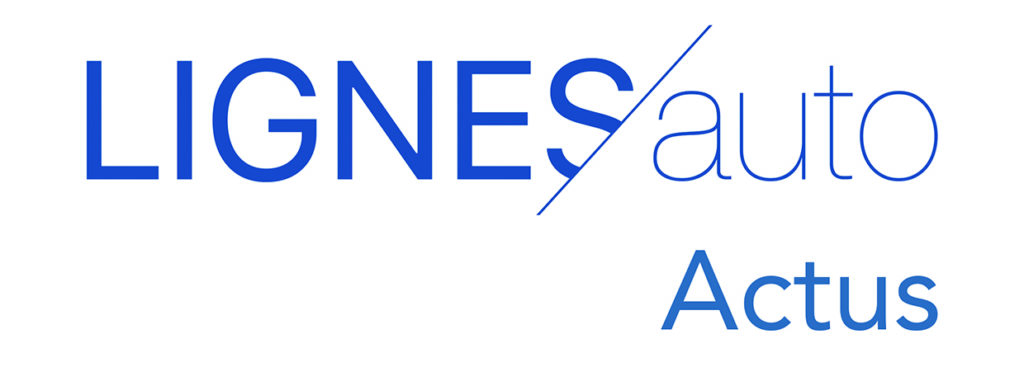
The Volkswagen factory in Zwickau is now producing the new ID.3 at a good pace, the brand’s first 100% electric compact saloon with a target of 330,000 cars per year. The ID.3 will soon be accompanied by no less than six models for three brands: Volkswagen, Audi and Seat. In total, the group will invest 1.2 billion euros in this ultramodern site located in the heart of Saxony.
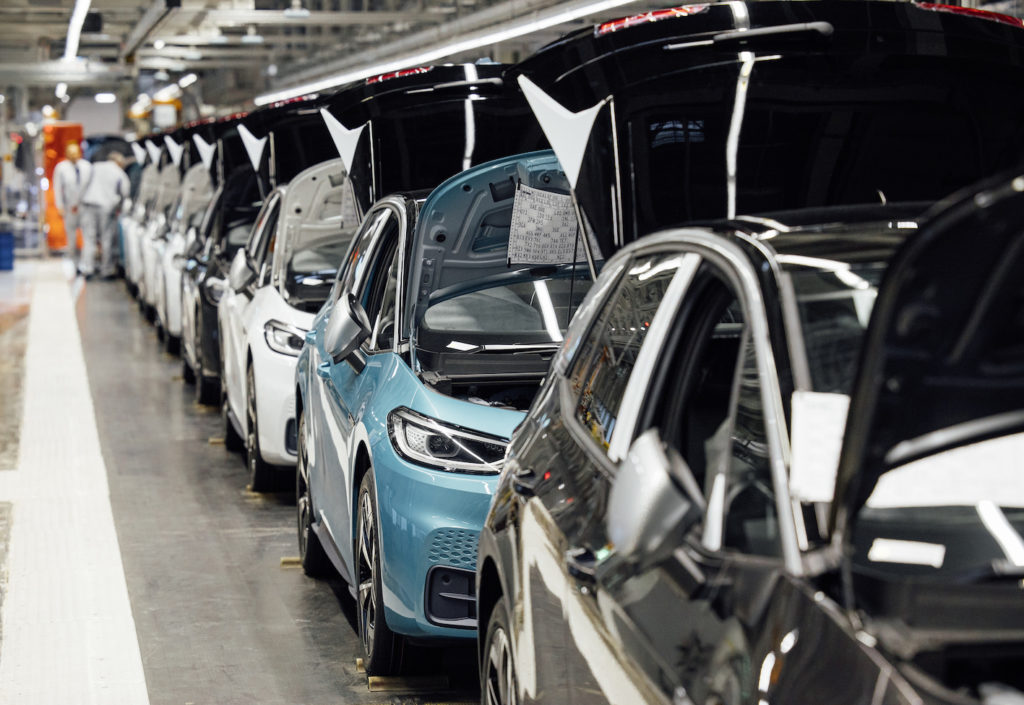
But did you know that this industrial site has a long history? In the days of the GDR, it was home to the production of the famous Trabant 1.1, a model that in 1984 was completely modified to accommodate the original Volkswagen 4-cylinder engine from the Polo.
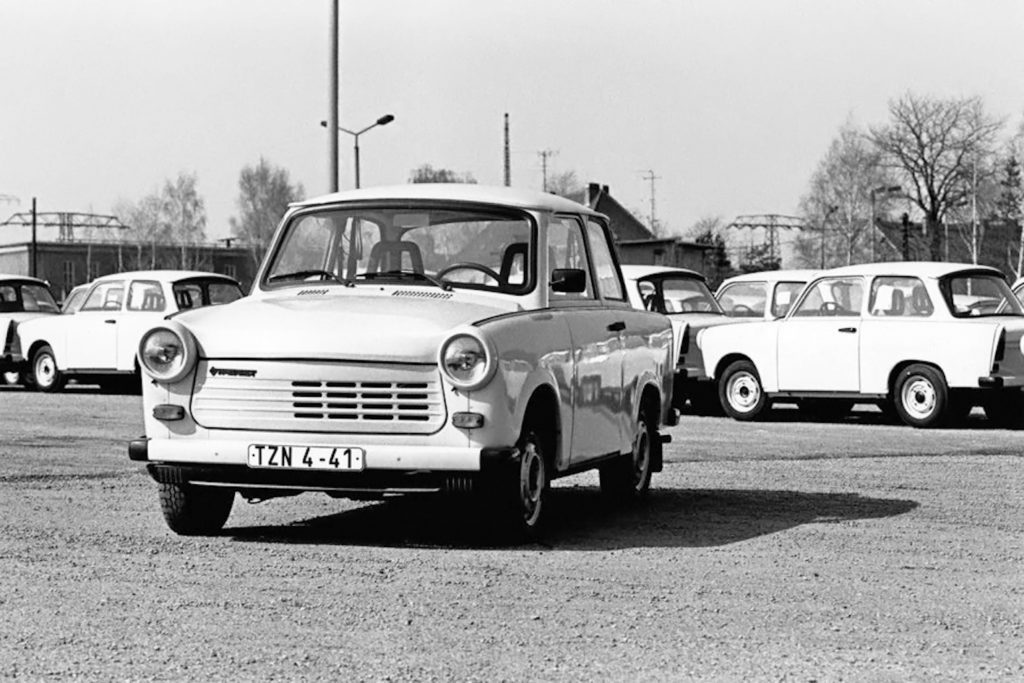
This four-cylinder engine of just over a litre developed almost twice the power of the first Trabants with its 40 bhp! The Trabant 1.1 was only produced from 1990 and for just over a year until 1991: 38,122 examples of this “super” Trabant were finally assembled in this factory, which was reassigned to Volkswagen in 1990, one year after the fall of the Berlin Wall.
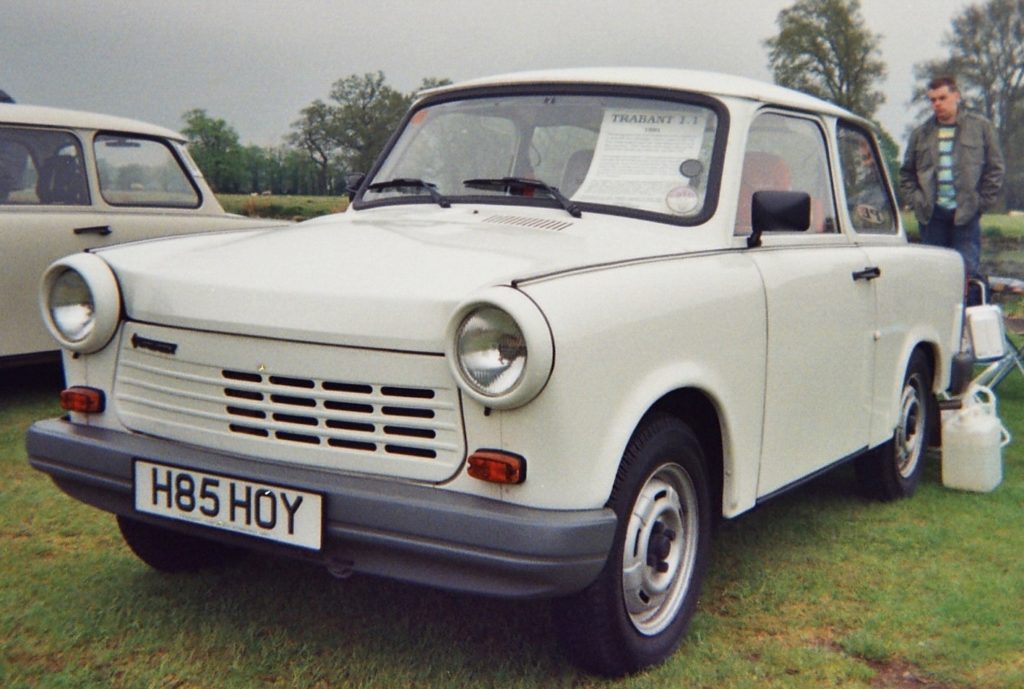
Since then, more than 5.5 million cars, mainly Golf, Golf Variant and Passat, have left the assembly lines. The factory covers more than 1.8 million M2, the equivalent of 252 football pitches! The production of the ID.3 thus marks the revival of Zwickau.
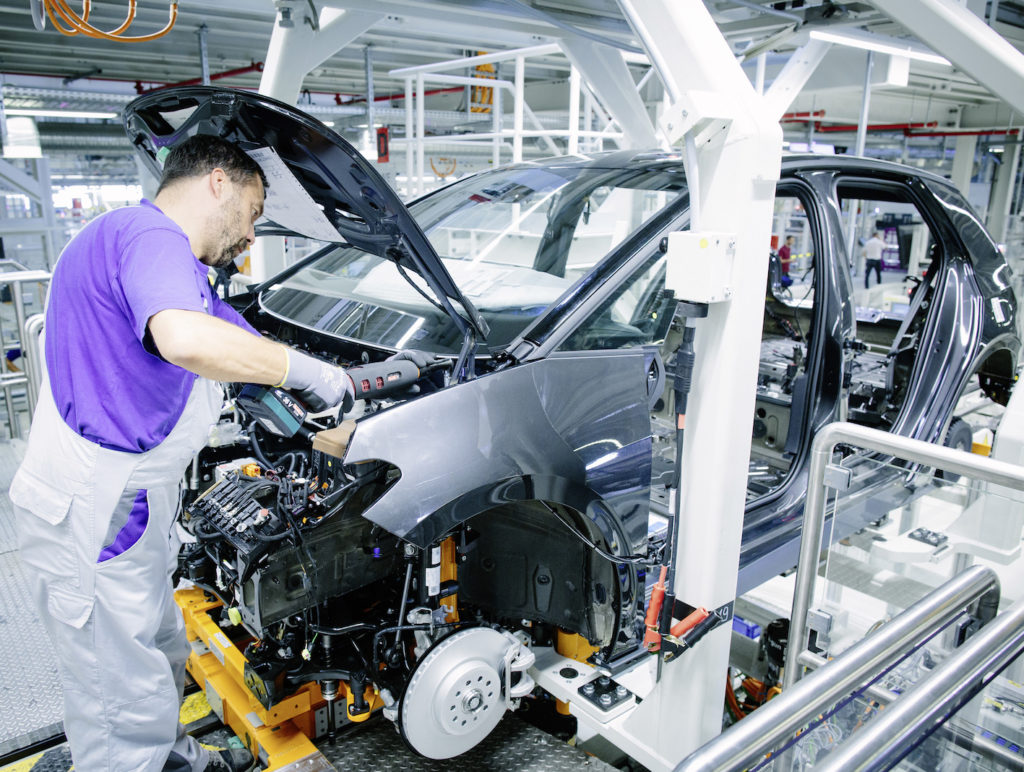
Thanks to it, the maximum exploitation of the plant, which today stands at 1,350 vehicles per day, will be increased to 1,500. Transformation work began in the summer of 2018 with the modernisation of the production lines. Two assembly lines have been adapted for the production of ID.3.
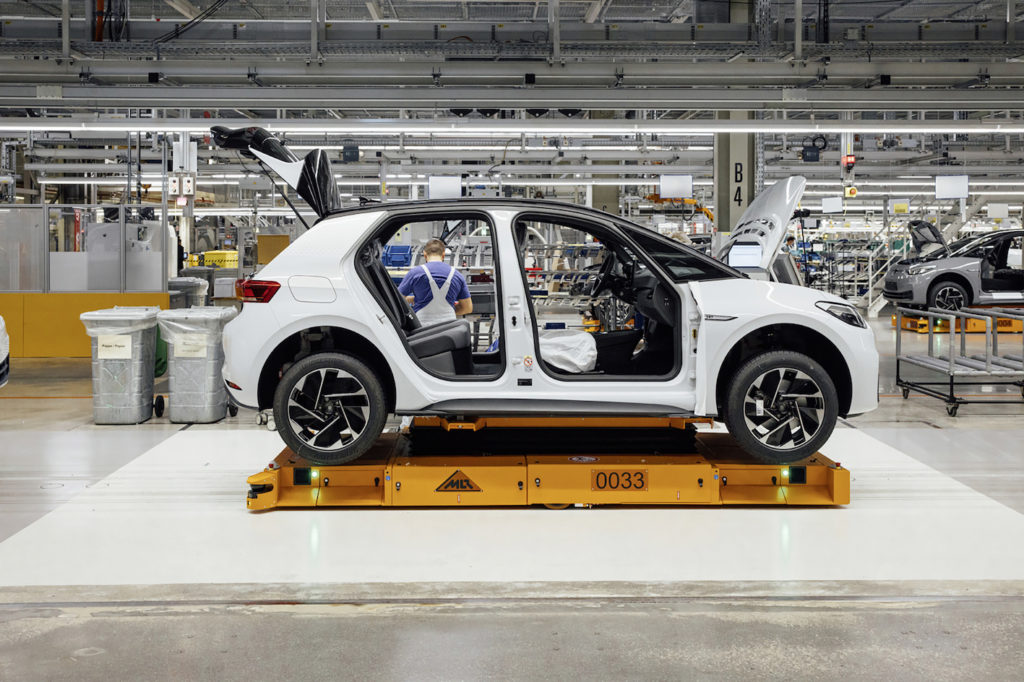
And in contrast to the operation of this large industrial site from the GDR era, the Zwickau plant today operates with almost zero CO2 emissions. The aim is to supply itself exclusively with emission-neutral gas in the future.

